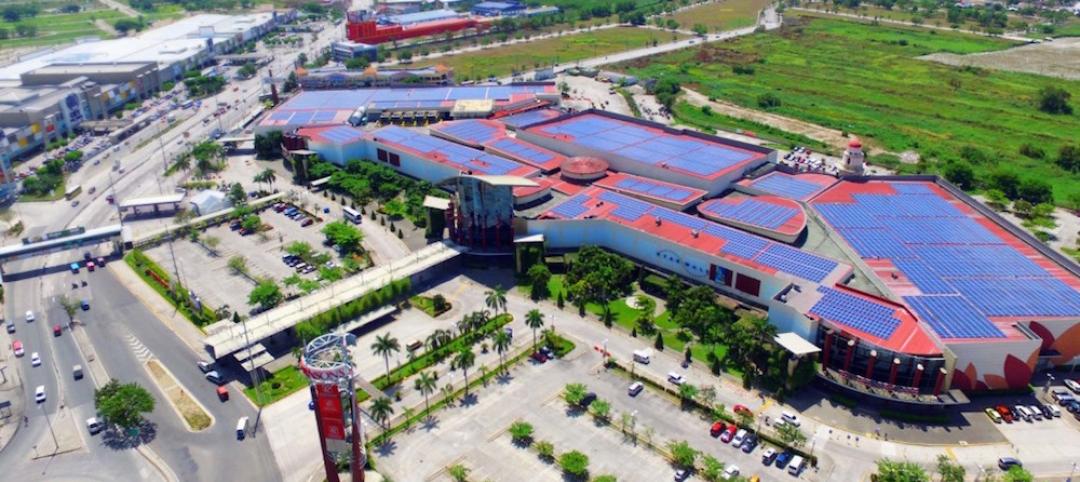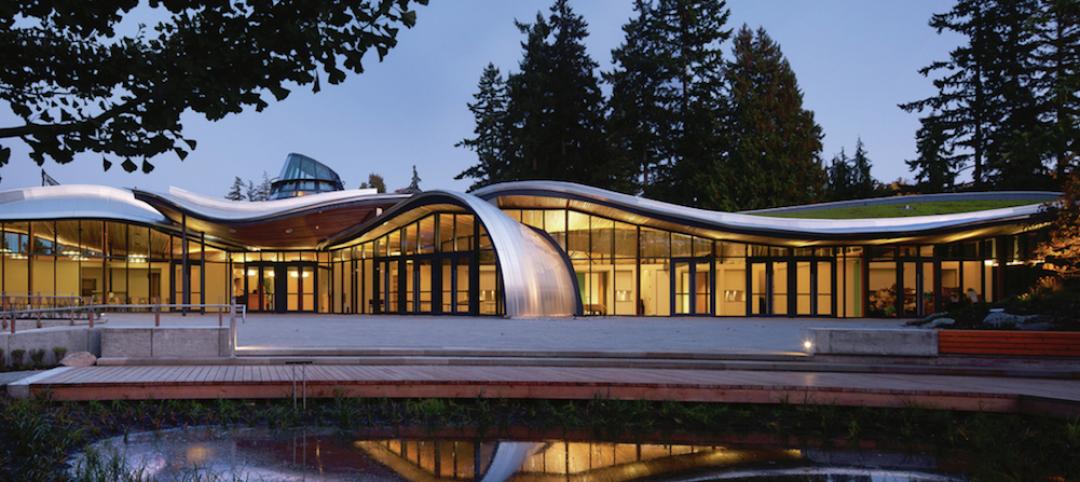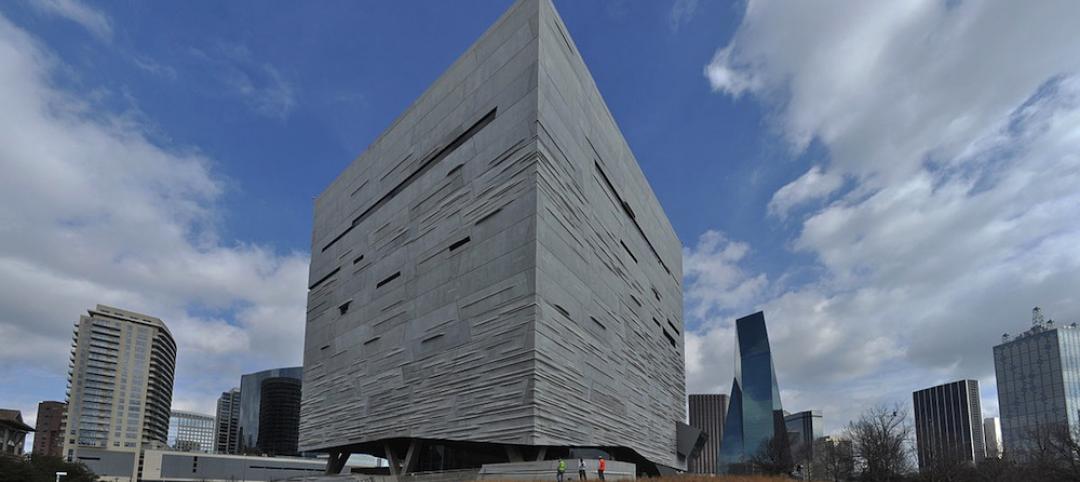Green Business Certification Inc. (GBCI) launched its newly acquired SITES rating system, the most comprehensive program and toolkit for developing sustainable landscapes.
SITES was developed through a collaborative, interdisciplinary effort of the American Society of Landscape Architects, The Lady Bird Johnson Wildflower Center at The University of Texas at Austin, and the United States Botanic Garden. The rating system can be applied to development projects located on sites with or without buildings, ranging from national parks to corporate campuses, streetscapes and homes, and much more.
“Landscapes knit together the fabric of our communities,” said Rick Fedrizzi, CEO, GBCI. “And sustainable landscapes are critical in their ability to reduce water demand, filter and reduce storm water runoff, provide wildlife habitat, reduce energy consumption, improve air quality, improve human health, and increase outdoor recreation opportunities. SITES is an important addition to our toolkit, and GBCI appreciates this opportunity to support this additional contribution to healthy, thriving communities and neighborhoods.”
The SITES rating system uses progressive industry standards for landscape design and incorporates additional recommendations from technical experts in the fields of soil science, botany and horticulture, hydrology, materials, and human health and well-being.
“It is exciting to see years of work developing and field testing SITES culminate with the availability of this rating system,” said Fritz Steiner, FASLA, dean of the School of Architecture at The University of Texas at Austin. “The depth and breadth of approaches that were implemented by pilot projects demonstrates how valuable SITES can become for revolutionizing our relationships with built landscapes.”
“Landscape architects and members of all the related design and planning fields know that the issues addressed in SITES are increasingly important to creating livable and resilient communities,” said Nancy C. Somerville, executive vice president and CEO of the American Society of Landscape Architects (ASLA). “GBCI will take SITES to the next level and ensure its future growth and influence, and ASLA is pleased to provide continued education and communications support.”
“SITES is a powerful tool for enhancing built landscapes precisely because it puts ecosystem services, the benefits humans derive from functional ecosystems, front and center,” said Ari Novy, executive director of the United States Botanic Garden. “This approach will help maximize our collective ability to create sustainable and healthy communities. Making SITES available through GBCI will be a great boon for the quality and resilience of our built landscapes.”
The SITES rating system uses progressive industry standards for landscape design and incorporates additional recommendations from technical experts in the fields of soil science, botany and horticulture, hydrology, materials, and human health and well-being. Some of the credits for sustainable landscape performance have been developed in alignment with similar credits in the U.S. Green Building Council’s LEED (Leadership in Energy and Environmental Design) rating system, the world’s most widely used green building program.
SITES, originally modeled after LEED, includes best practices in landscape architecture, ecological restoration, and related fields, as well as knowledge gained through peer-reviewed literature, case-study precedents, and projects registered in the SITES pilot program.
“Adding SITES to GBCI’s rapidly growing list of certification systems and credentials it supports not only expands GBCI’s capabilities, but it also helps us to further our mission to enact global sustainable change,” said Mahesh Ramanujam, president, GBCI.
SITES draws on the experience gained from a two-year pilot program involving more than 100 projects. Forty-six of these pilot projects have achieved certification, including landscape projects at corporate headquarters, national and city parks, academic campuses and private homes.
Interested project teams can visit sustainablesites.org for more information and to register their projects and access the SITES v2: Rating System For Sustainable Land Design and Development, a guide that provides best practices, performance benchmarks and tools for creating ecologically resilient landscapes and rewards successful projects through certification.
The Wildflower Center and ASLA will help GBCI create and implement SITES credentialing and certification offerings such as training project reviewers and will provide educational opportunities for pursuing SITES certification. GBCI owns exclusive rights to the SITES Rating System, its publications and trademarks.
Related Stories
Green | Jun 8, 2016
TD Bank Group's renovated Toronto office is first WELL-Certified project under WELL v1
The newly renovated 25,000-sf space achieved gold-level status.
Shopping Centers | Jun 3, 2016
Developer Robinsons Land adds powerful PV arrays to 10 malls in the Philippines
The Robinsons Starmills mall in San Fernando recently turned on a 2.9 megawatt rooftop PV plant.
Green | Jun 2, 2016
USGBC offers new LEED pilot credit: Building Material Human Hazard and Exposure Assessment
For assessing human health-related exposure scenarios for construction products.
Green | May 31, 2016
Miami Beach requires developers to meet green standards or pay a fee
Applies to structures larger than 7,000 sf.
Codes and Standards | May 25, 2016
LEED Dynamic is worth the effort, says commercial real estate executive
San Diego office tower is California’s first office building to receive LEED Dynamic plaque in recertification.
Green | May 23, 2016
Perkins+Will achieves first Living Building Challenge Certification with Vancouver visitors center
The VanDusen Botanical Garden Visitor Centre was recognized for its use of healthy building materials, on-site renewable resources, and filtered rainwater to meet greywater requirements.
BIM and Information Technology | May 20, 2016
AIA and Autodesk introduce new feature to automate 2030 Commitment reporting data
The new automated connection will allow the more than 350 AIA 2030 committed firms to report their project and portfolio performance to the DDx directly from Autodesk Insight 360.
Green | May 16, 2016
Development team picked for largest Passive House project in North America
The 24-story curved building would be 70% more efficient than comparable housing in New York City.
Green | Apr 27, 2016
Top 10 green building projects for 2016
The Exploratorium at Pier 15 in San Francisco and the West Branch of the Berkeley Public Library are two of the projects recognized by AIA COTE as the top green buildings of 2016.
Codes and Standards | Apr 25, 2016
GSA adopts SITES land development and management rating system
Federal agency will use for properties with and without buildings.
















